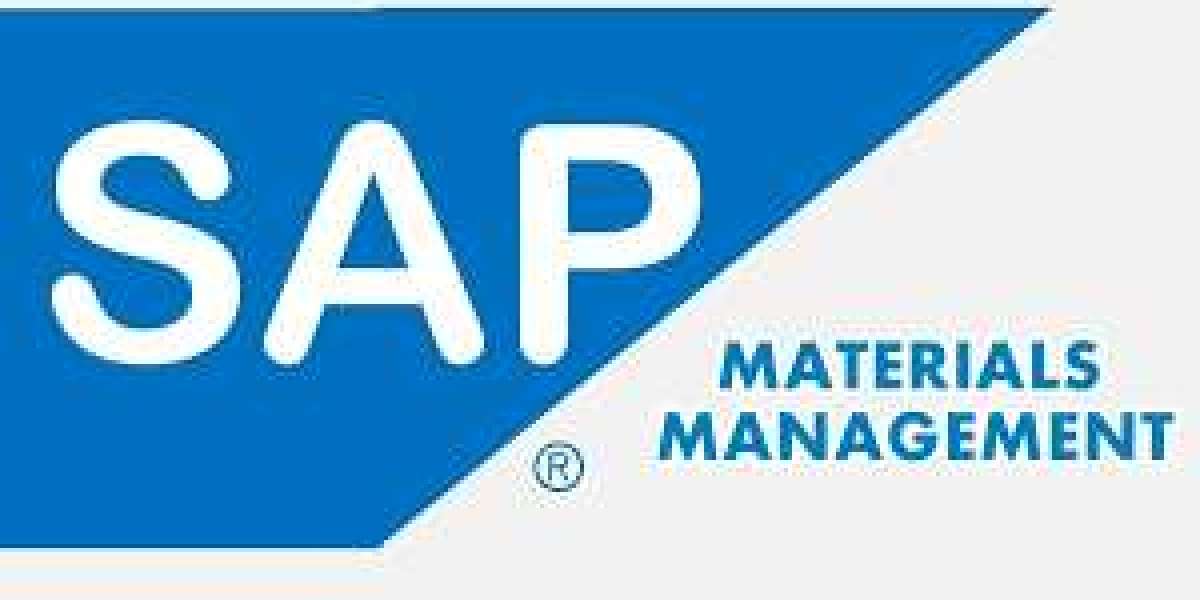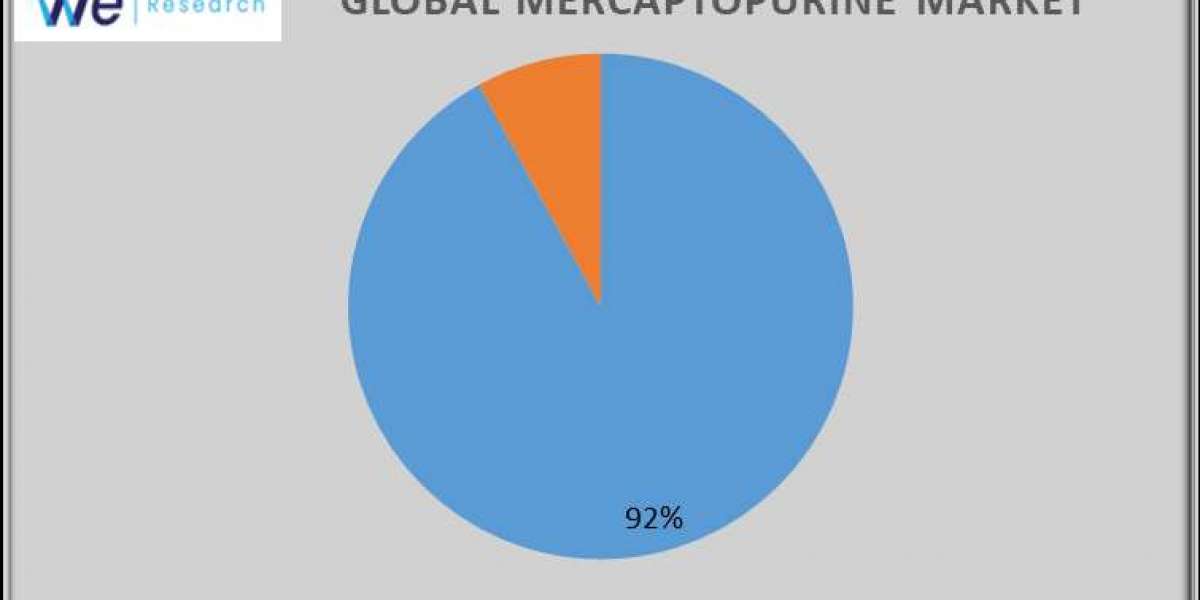Efficient handling of materials is essential for smooth operations and cost-effectiveness in supply chain management. SAP Materials Management (MM) is a comprehensive module designed to manage procurement and inventory functions, streamline material flow, and optimize supply chain processes. In this blog, we will explore the essential features, benefits, and best practices for utilizing SAP MM Training to enhance your materials management strategy.
Understanding SAP MM
SAP Materials Management (MM) is an integral part of the SAP ERP (Enterprise Resource Planning) system. It supports various procurement and inventory management processes, facilitating the management of materials and ensuring optimal inventory levels within an organization.
Core Components of SAP MM
Streamlining Procurement Processes
- Purchase Requisition and Purchase Order Management: Efficiently manage internal requests for materials and convert them into purchase orders.
- Vendor Selection and Evaluation: Automate vendor selection based on predefined criteria and continuously evaluate vendor performance.
- Invoice Verification: Ensure accurate and timely processing of vendor invoices.
Enhancing Inventory Management
- Inventory Levels and Movements: Monitor and manage stock levels, track material movements, and ensure accurate inventory records.
- Batch Management: Handle batches of materials, ensuring traceability and compliance with regulations.
- Warehouse Management: Optimize warehouse space utilization and streamline picking, packing, and shipping processes.
Improving Material Master Data Management
- Material Master Records: Centralize all material-related information, ensuring data consistency and accuracy across the organization.
- Bill of Materials (BOM): Maintain detailed BOMs to support manufacturing processes and ensure accurate material requirements planning.
- Classification and Characteristics: Categorize materials using classification and characteristics for better organization and retrieval.
Advantages of Implementing SAP MM
Boosting Efficiency and Reducing Costs
- Automated Processes: Minimize manual intervention and errors by automating procurement and inventory management processes.
- Optimized Inventory Levels: Reduce carrying costs and avoid stockouts by maintaining optimal inventory levels.
- Improved Supplier Relationships: Enhance collaboration with suppliers through timely and accurate procurement processes.
Ensuring Compliance and Traceability
- Regulatory Compliance: Meet industry regulations and standards by maintaining accurate and traceable material records.
- Audit Trails: Provide detailed audit trails for all material transactions, ensuring transparency and accountability.
Enhancing Decision-Making
- Real-Time Data Access: Access real-time data on inventory levels, procurement activities, and material movements for informed decision-making.
- Comprehensive Reporting: Generate detailed reports and analytics to monitor performance and identify areas for improvement.
Best Practices for SAP MM Implementation
Setting Clear Objectives
- Define Goals: Establish clear objectives for your SAP MM implementation, aligned with your business strategy.
- Stakeholder Involvement: Engage key stakeholders from various departments to ensure comprehensive requirements gathering and buy-in.
Ensuring Data Quality
- Data Cleansing: Conduct thorough data cleansing to ensure the accuracy and consistency of material master data before migration.
- Regular Audits: Perform regular audits to maintain data quality and compliance.
Providing Adequate Training
- User Training: Offer extensive training programs for users to ensure they are well-versed in SAP MM functionalities.
- Continuous Learning: Encourage continuous learning and provide access to resources for ongoing skill development.
Monitoring and Optimization
- Performance Monitoring: Continuously monitor the performance of SAP MM processes and identify areas for improvement.
- Process Optimization: Regularly review and optimize procurement and inventory management processes to enhance efficiency.
Conclusion
SAP Materials Management (MM) is a vital tool for organizations aiming to streamline their procurement and inventory management processes. By leveraging the comprehensive features of SAP MM, businesses can achieve greater efficiency, cost savings, and improved decision-making. Implementing SAP MM with best practices ensures successful adoption and maximizes the benefits of this powerful module.








